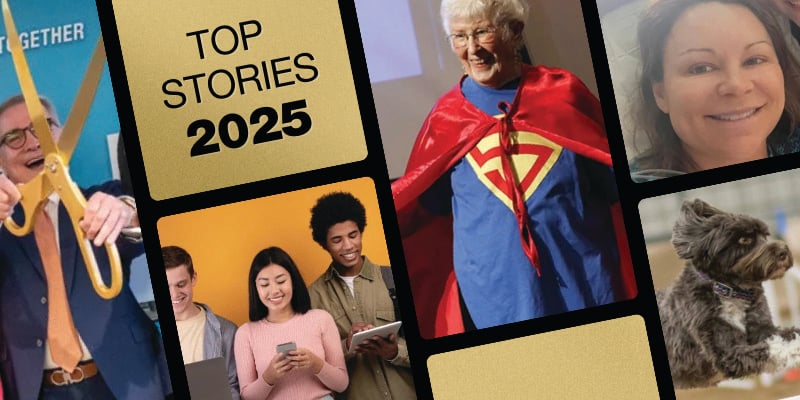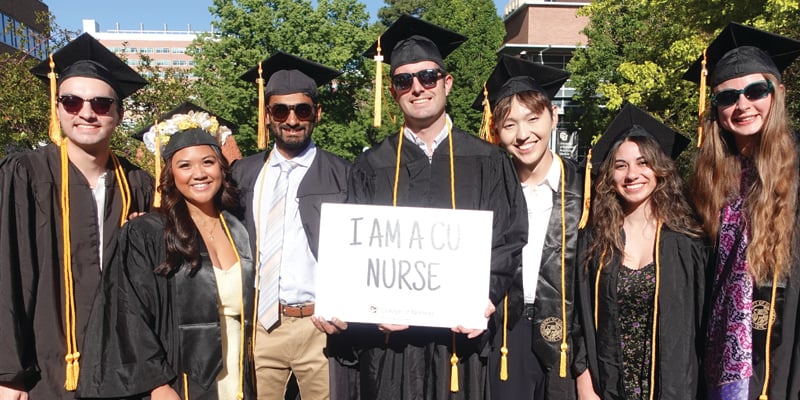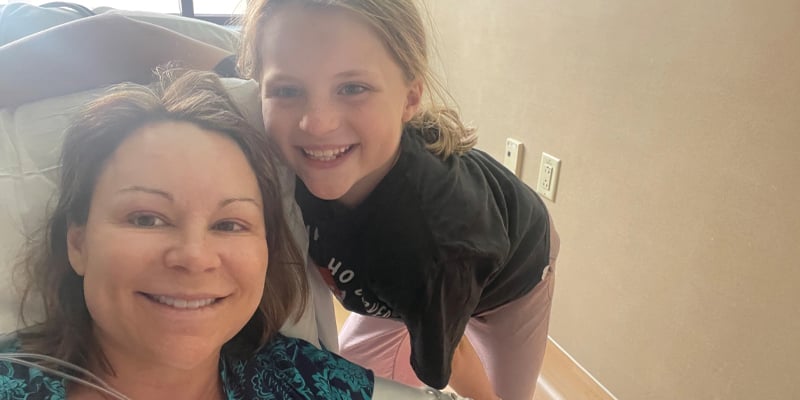The obstacles got harder as COVID spread. Can you please take us through the phases of your efforts?
Phase 1 was in the spring of 2020 and we learned about COVID.
We went remote very quickly. We had two weeks to plan and execute full-time remote nursing work for 45 nurses. We thought it was stressful. But we didn't know what was coming. We wanted nurses engaged even though they were working at home. We also had to keep people abreast of everything COVID. We wanted to make sure that whenever a parent, a staff member, or somebody else called for COVID information, they had the most up-to-date information.
Phase 2 was in the summer and fall of 2020.
Schools began to get public health guidance from CDPHE, and LPH but it lacked details and was not specific to schools. We were talking and trying to combine information to move forward, even though we didn't know what public health and public education were going to look like a few weeks from that time. So, we were doing a ton of writing, bringing in, and collaborating with other departments. We were basically building the plane while it was taking off. This is the time when we were getting told what to do by public health, but they weren’t saying “how” to do it. So, we had to build the “how”.
This is also when we built the first generation of COVID algorithm and linked letters, which gave the school administration definitions and actions to take for staff and students who tested positive, who were exposed, who got sick with COVID-like symptoms, and to trace exposures.
Phase 3 in the spring of 2021 was about finalizing the algorithm.
We had to take COVID information from multiple sources; the CDC, the state, the Tri-County Health Department and combine them into a document that could be used by school nurses, school administration, and district administration to better understand what to do in different scenarios.
The building of the algorithm had multiple iterations. Then we had to attach staff letters that went to students in ten languages.
As we were going through the fall, the nurses were saying to us “What you have is not sustainable, we cannot continue to work with the tools that you have presented to us. Please invent something else, something electronic.” So, we embarked on what I think was one of the most innovative work I've done with another nurse and the IT department. We call it the COVID app. It's really a computer application of where we're going to report the positive, exposed, or sick individual students or staff. And it's going to notify those who need to be notified without having to come up with who needs to be on this email. That was one of the most challenging developments. What we learned is the app not only worked, but it's continuing today.
Then we learned we had to work on this great intervention that had arrived for humanity, which is the COVID vaccine. I can tell you today we have completed about 150 school-located vaccine events with more than 11,000 vaccines given on site.
Phase 4 was in the fall of 2021 to today.
In the summer of ’21, people started going to the grocery store with their masks off, and we all start feeling like maybe we were on the decline. And guess who arrived – Delta - just as school began. The nurses didn't feel like they could muster more. Well, they did muster more. Now we have the highest number of cases we've ever seen in Colorado, and we're bringing everybody back to school with the responsibility to try to reduce the spread in the building. But cheers to APS school nurses, not one nurse left and said, “I can't do this.”
What happened next was Omicron, which came harder and faster than Delta ever had. Luckily for us, Omicron was up and down very quickly. Otherwise, I don't know that it would have been sustainable.
Through this entire two-year process, I wondered what would break school nurses as you always think they can't do more. Well, they did. And they continue to do more.
I'm very grateful that vaccines came and the community really embraced them, and that school nurses stood the test of time and worked hard until the end to keep kids in their seats and continue learning.




